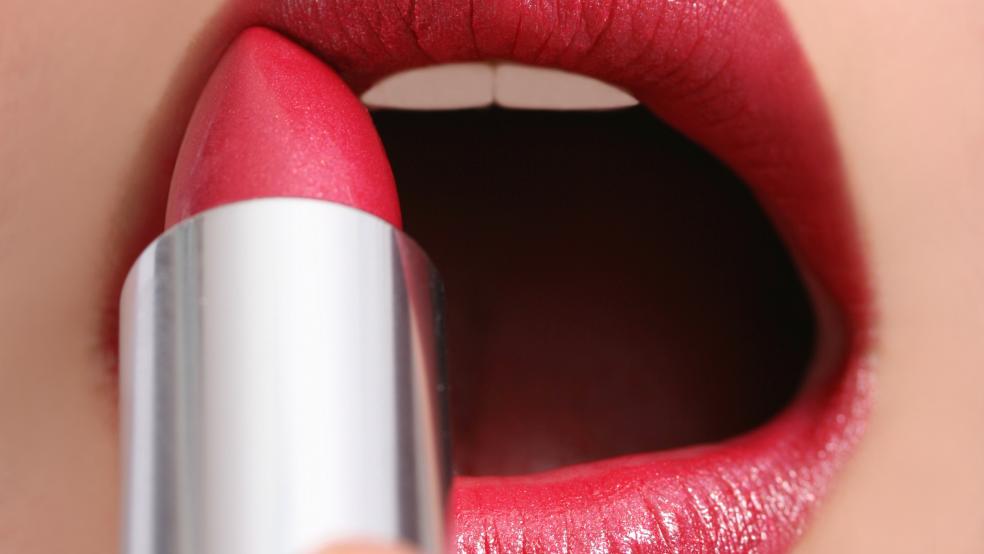It’s called “Lippy” in Britain and Australia, “Sminka” in Croatia, “Lappstift,” in Sweden and “Krayion” in Greece. In 2014, drug stores alone generated $258.95 million in lipstick sales in the U.S. with Revlon, CoverGirl, L’Oreal, and Maybelline among the best-selling brands, according to Statista.
Last month, Heathrow Airport commissioned a report to identify the most popular shades of lipsticks in 50 cities around the world. New York’s color was Classic Red, but in Moscow, Raspberry Pink was all the rage. Hong Kong favored Coral Pink, Paris adored Dusky Rose, and Caramel Nude was the must-have shade in London. Here are the other lipstick facts you need to know:
Related: Exclusive: Henkel, Revlon, Coty prepare bids for P&G beauty brands-sources
- During the Roman Empire, lipstick signified social status and rank, worn by both women and men.
- The first lipstick was found in Ur—that’s 200 miles south of Babylon, and was estimated to be 5,000 years old. It was made of crushed gems.
- That gave way to crushed carmine beetles, which gave Cleopatra that bright shade of red on her lips.

- The women of ancient Greece wore a lip rouge made from red dyes and wine. Other ingredients used to produce that perfect hue? Sheep sweat, human saliva, and crocodile excrement, according to Lipstick: A Celebration of the World’s Favorite Cosmetic by Jessica Pallingston.
- Queen Elizabeth I wore red lipstick in the 1600s, with a mixture of beeswax and red stains from plants.
- In 1650, the British Parliament tried to ban lipstick, or “the vice of painting.”
- George Washington sometimes wore lipstick, makeup and a powdered wig.
- The first commercial lipstick was invented by French perfumers in 1884. French perfumer Guerlain who wrapped it in silk paper.
Related: The Cheap Luxury Americans Can’t Live Without
- In 1949, chemist Hazel Bishop invented the very first longwearing No-Smear lipstick after 300 experiments.
- Winston Churchill didn’t ration lipstick during World War II because it boosted morale.
Makeup Through The Decades
- Queen Elizabeth II had a commemorative shade of lipstick made to match her coronation robes in 1953. (It was named after her Scottish country home, Balmoral.)
- Max Factor invented lip-gloss in the 1930s to be used on movie actors.
- In 2007, Campaign for Safe Cosmetics, a US consumer group, discovered that 60 percent of lipsticks contained trace amounts of lead and released the report, A Poison Kiss. A study by the Food and Drug Administration found 400 lipsticks on the market tested positive for a trace amount of lead, low enough level not to be considered a health risk.
- A 2004 poll by Mintel reported that 81 percent of American women wear lipstick, compared to 70 percent of French women.





